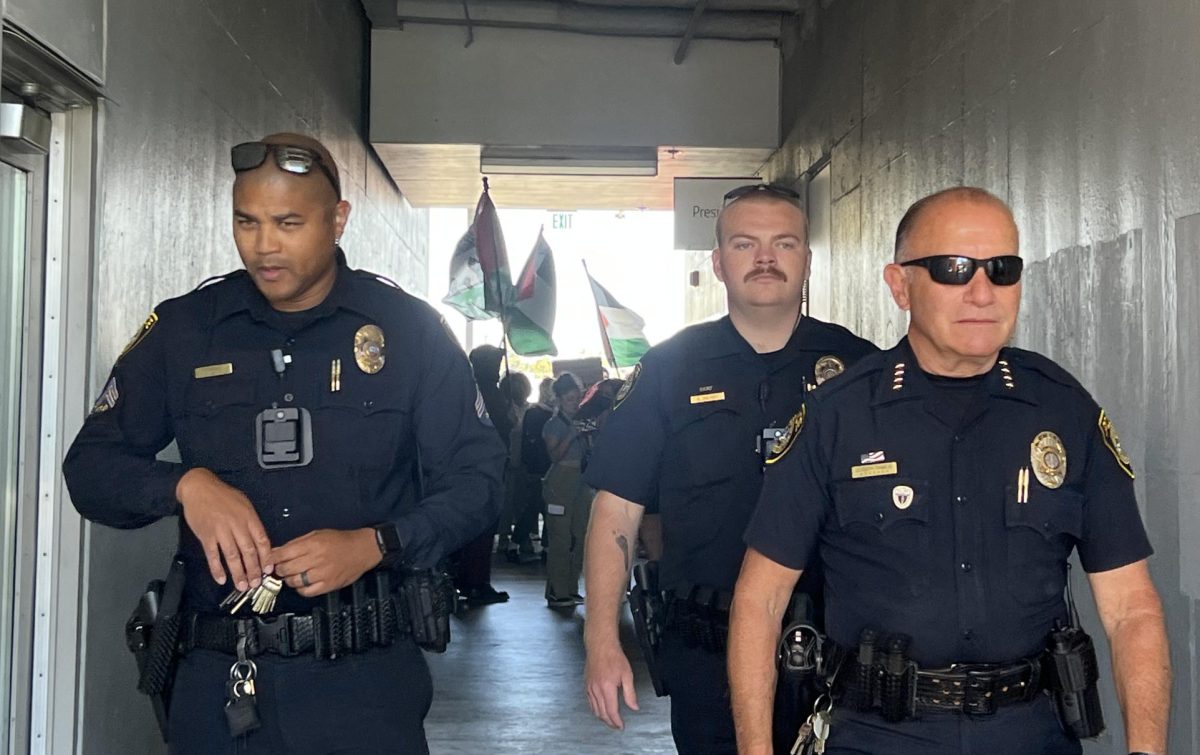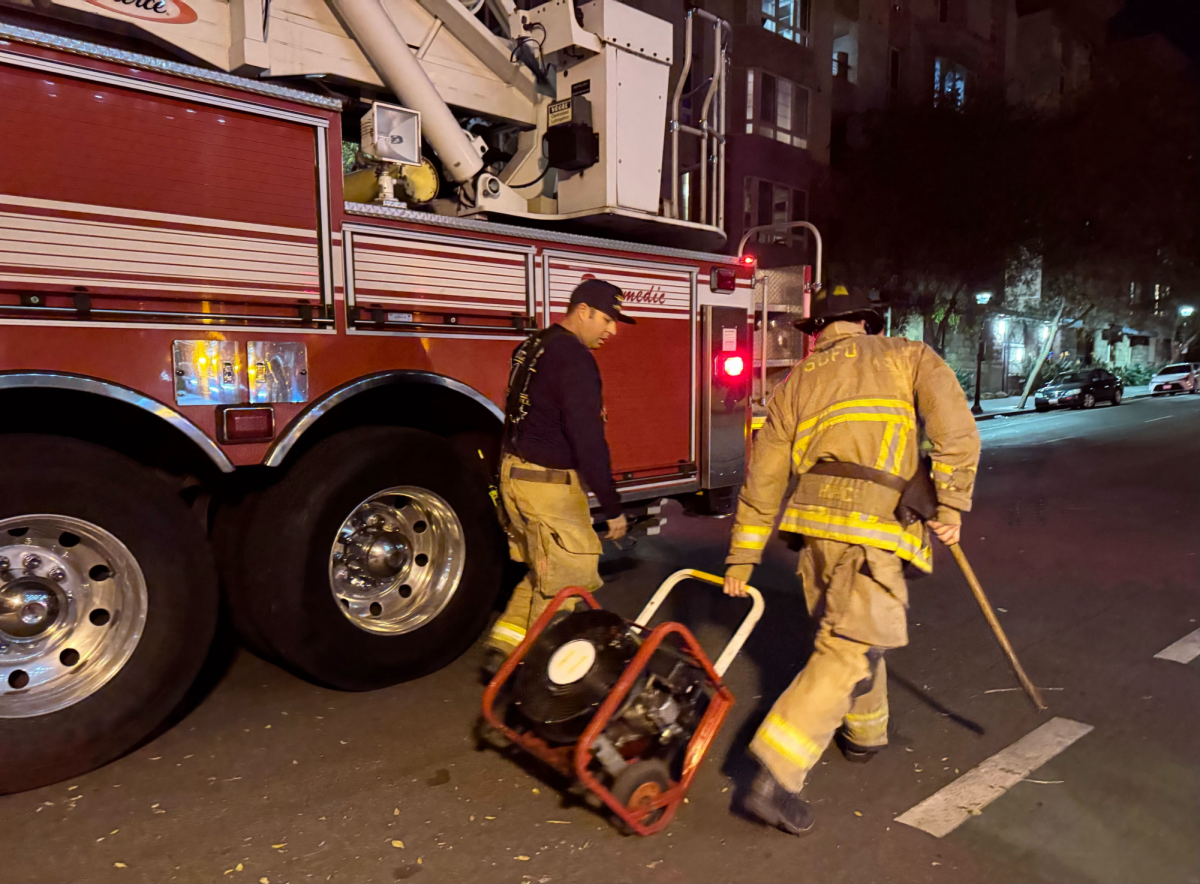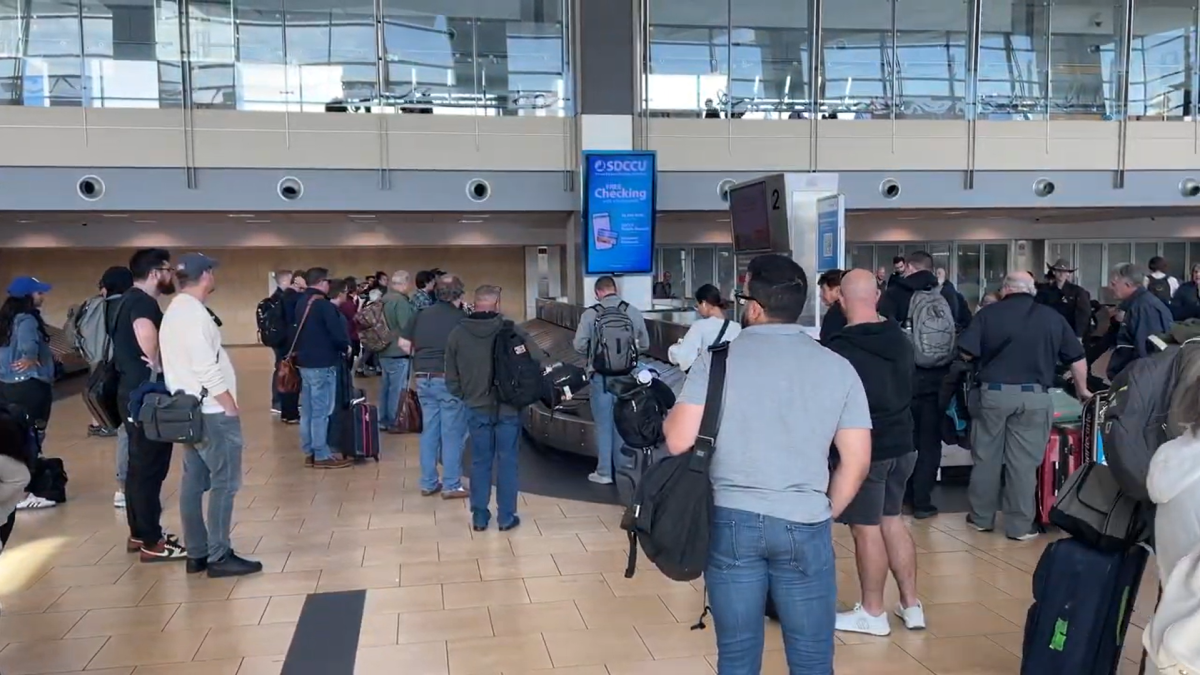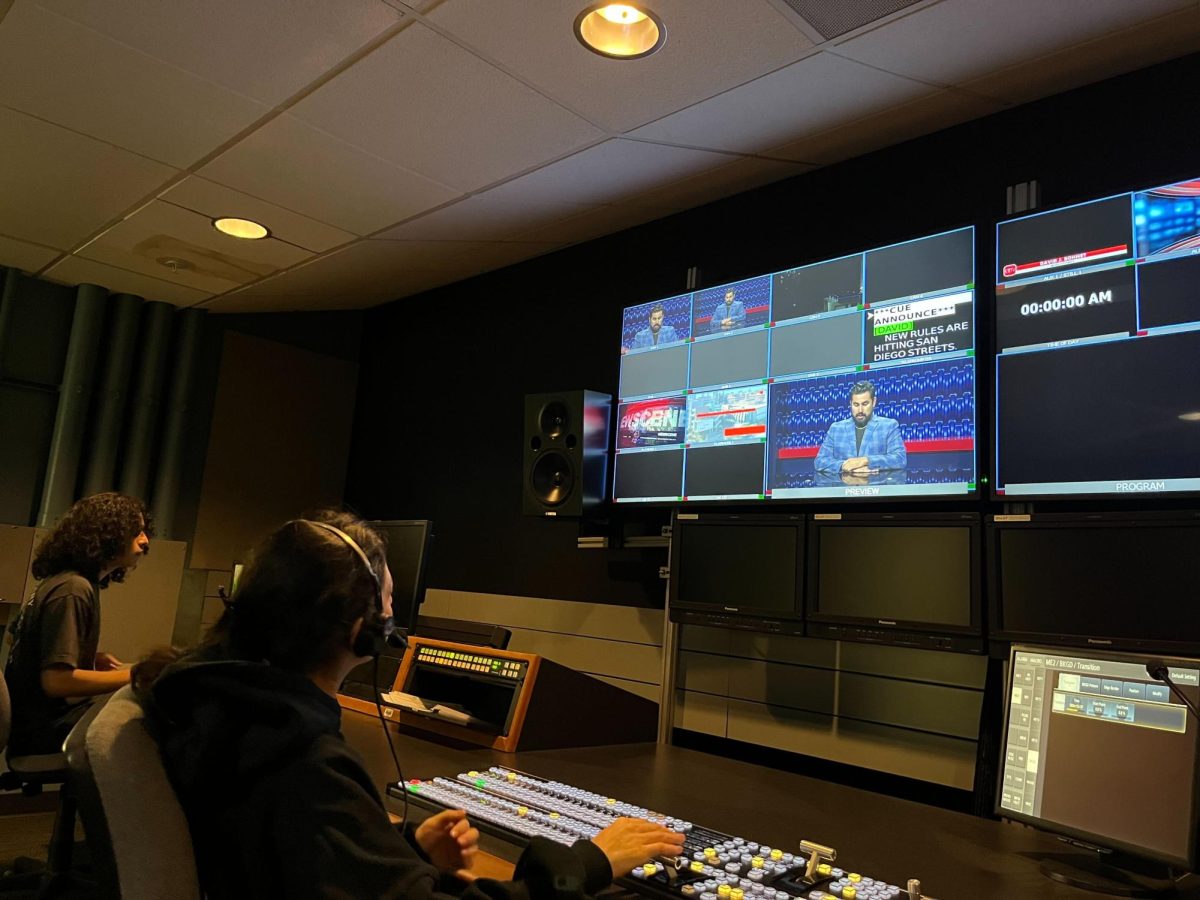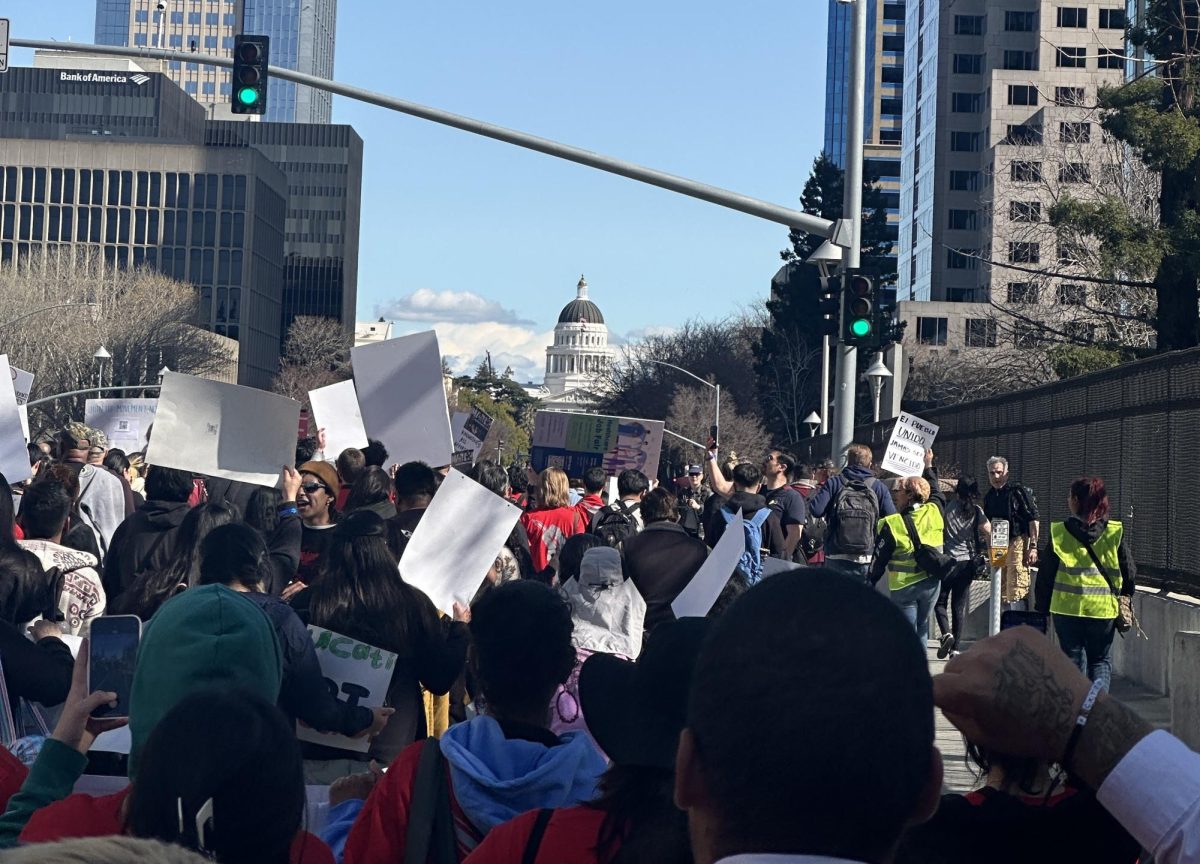By Mariana Lima
Contributor
If a gunman were to enter a classroom, what should students do?
There are no specific rules that will apply to everyone when it comes to self-protection in case of armed attacks, according to the San Diego Community College District’s 2006 annual report, “Safe and Sound.”
“We had some situations where students, faculty members attempted to overpower a person and sometimes that works, and in another situation that could be a very wrong thing to do,” Lt. Jack Doherty of Mesa College said.
The 2006 district report suggests self-defense classes from a licensed professional instructor if one decides to use chemical spray against aggressors. In addition, Doherty explained the district offers Rape Aggression Defense classes, in which police officers teach courses of actions against sex offenders. But against shooters, self-defense techniques might not be as effective.
“I am just not aware of anything that really is all that useful. That’s a kind of quick fix for the average individual,” Doherty said. “It’s a rare situation (a shooting emergency), it’s a dangerous situation. It’s really really difficult for someone who hasn’t got a lot of training to deal with those situations.”
The “Safe and Sound” guide offers security tips in case of attacks, such as “disengage and run” or “your goal is to escape,” but “the course of action you take is strictly up to you.” During an armed attack, “if you feel your life is about to be taken,” the guidelines suggest to “never stop trying new methods until you have completed your escape.”
“If a gun-man were to intrude a classroom, students should try not to panic and follow direction for their own protection and that of other classmates,” Terrence Burgess, president of City College said.
And it is because of the emergency response plan or district policy that City College and the College District can prepare and respond to disasters, whether natural or manufactured.
“The San Diego Community College District has taken the Virginia Tech tragedy very seriously as an opportunity to review our own policies and procedures,” Constance M. Carroll, chancellor of the district said in an e-mail to John Nunes, the public relations of the college district.
“We are finalizing a major update of our district wide emergency response plan, and all college managers have just completed a half-day training program in emergency response. All campus police officers just completed their second training program on responding to a gunman on campus,” Burgess said.
The City College campus has emergency call boxes that will ring directly into the college police dispatch center at any time and day, located at parking lots and in all campus elevators.
Other safety devices are cameras and electronic key-card doors, for example, which San Diego State University adopted to enhance the security of its facilities. Some institutions also rely on the use of fences and metal detectors as protective measures against outsiders and armed individuals.
“I oppose this as colleges should be open and accessible institutions. Given our safety record, I think all of these measures are too draconian,” Burgess said.
According to the last City College crime statistics, two weapons violations on campus were reported in a course of three years, from 2003-2005. There have been no homicides.
“In some areas, we are well prepared. For example, we have a fully-qualified and armed police force comprised of sworn officers. Our police routinely patrol each campus and are available to handle an emergency at any time, including a shooting emergency,” Carroll said. “In some other areas, we will be working on improvements, such as procedures to contact students by e-mail and text messages, as well as the use of the district telephone system (including the in-classroom phones) as a broadcast system for fast-moving emergencies.”
After Hurricane Katrina in 2005, local governments adopted the use of new technologies for communication, built especially to alert people of danger. If colleges were to use similar innovations, with one key stroke, a device would alert students anywhere they are with voice or text messages, providing the options for them to respond if “they are okay,” “if they need help” or “connect to emergency line.”
“We are exploring a number of options along these lines and expect to implement new response/communication measures next year,” Burgess added.
In addition, according to Carol Dexheimer, City’s vice president of administrative services, the college will provide presentations to its faculty members related to safety including the topic “disaster and emergency response,” when Chief of Police Charles Hogquist is expected to speak on Aug. 24.
“We want to do everything we can to protect the safety of our students, our faculty and our staff, so that a tragedy of the type and magnitude of Virginia Tech can be avoided,” Carroll said.
The college police dispatch is reached at (619) 388-6405 and for a map of the call box locations visit http://www.sdcity.edu/studentresources/police/safetytips.asp

